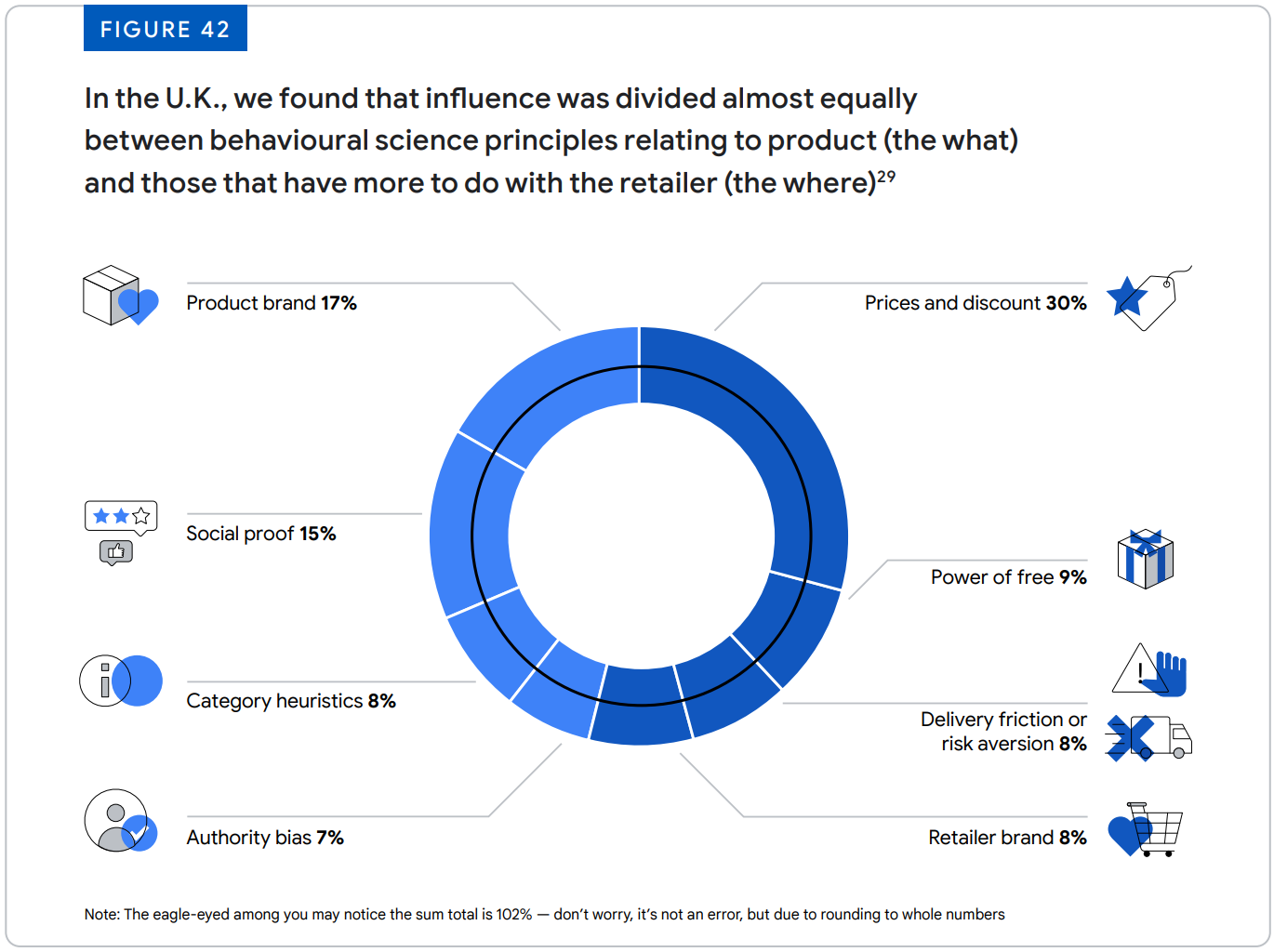How to define your pricing strategy
Pricing across multiple markets
The Pricing Academy is designed for anyone looking to understand pricing strategy from a top-level perspective. This includes everyone from C-level executives and VPs of all departments to product team managers.
It’s also valuable for product specialists, as it as it dives into detailed settings and helps organize everyday tasks.
Overall, it helps people across the organization understand why “focusing on pricing” is the golden opportunity right in front of them.
We’ve put a tremendous amount of care into creating the Pricing Academy. What you’re seeing is the third version of our materials, which we began developing back in 2021.
Our goal isn’t to provide a complete theory of pricing—there are plenty of books and courses for that. Instead, our motivation is to offer an advanced set of practical insights that will give you 80% of the critical know-how about pricing (with a focus on e-commerce). The remaining 20% is unique to each specific online store.
In the Pricing Academy, we draw on our real-world experience and the experiences of our clients. We combine this with basic marketing theories—but only when they deliver real, practical value. Our guiding principle has been to share only what is backed by real data and proven results.
At the end of each section, you’ll find a set of questions. We encourage you to apply them directly to your own online store. These questions can transform the content—something you might forget over time—into a powerful workshop with far greater impact than passive reading.
Welcome to the world of pricing—a world where even small adjustments can increase or decrease a product's total profit by 20-50%. Many people, especially in e-commerce, tend to think of marketing as a mix of PPC, SEO, social media, and newsletters. What they often overlook is that marketing also includes the product, placement, and most importantly, pricing. By having a narrow view of what marketing encompasses, many online stores miss out on a significant competitive advantage. Our focus is to show you how effective pricing can dramatically boost your competitive edge, revenue, profit, and overall business performance.
In marketing theory, the "4Ps" framework is often used to define core marketing activities:
According to marketing theory, each of these components should receive an equal amount of attention.
Google conducted a study in the UK with 8,645 respondents, and the results were clear: price is the strongest driver of purchase decisions. Specifically, pricing accounts for 30% of the factors influencing a purchase decision. For comparison, brand value ranked second at 17%.

An even higher number is cited in Shopify’s Future of Commerce research. According to this study, price is a key factor in purchase decisions for 74% of customers.
Despite this, marketers often treat pricing as just one of many inputs. Pricing optimization is rarely addressed, and when it is, it’s often done in a very superficial way.
Our research shows that e-shops invest only 5% of their marketing attention into pricing strategies. Most of the focus is directed toward Promotion (PPC, social media, SEO) and Place (e-shop solutions, warehouse logistics, marketplaces). Why is this the case?
Pricing is inherently a cross-departmental responsibility. Effective pricing requires input from purchasing, warehouse operations, product management, marketing, and finance. However, many companies lack a dedicated role or department to manage pricing. As a result, pricing becomes a "hot potato" passed around between departments. This often leads to the company either abandoning any cohesive pricing strategy or adopting only a small tactical part of one.
Additionally, there are very few professionals with formal expertise in pricing. Many teams rely on reactive decision-making or piecemeal knowledge picked up from articles or anecdotal experience. In the worst cases, companies attempt a one-off “pricing experiment,” such as implementing a single tactic, and when it fails to produce tangible results, they label pricing as ineffective.
This is what we aim to change with our Pricing Academy.